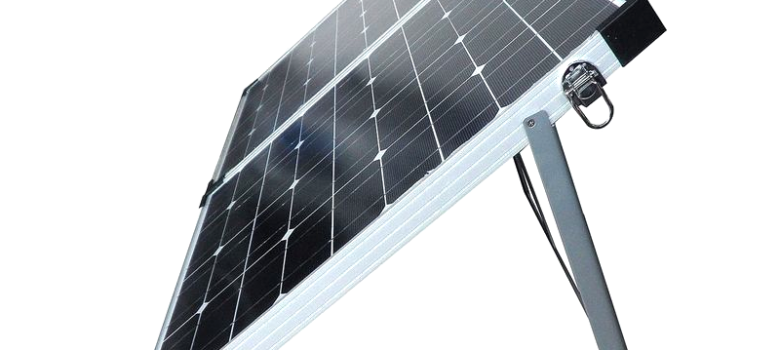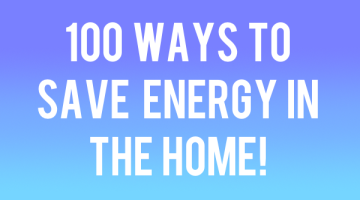
Camping can be a great way to get away from busy urban life, but most of us still want to use electrical appliances even when we don’t have access to mains electricity. 12 Volts, renewable electricity generation kits give you the freedom to do just that.
That could simply mean the ability to charge a phone or use a radio, to light an area or even the ability to watch a TV. Unless you find yourself an electrical hook-up, all of these things will prove difficult – that is, unless you get yourself some portable solar panels.
Solar can be a really affordable, flexible way to get power when you are off grid and in this article we will look at some of the things you need to know before you invest in a system of your own.
What does your average 12v system include?
A typical kit will come with your panels, a 12 volt battery and a charge controller. You can also buy these items separately if you are after a more customised setup.
What is a 12v system?
Mains electricity runs on 240 volts – and appliances are rated to work based on this voltage. Unfortunately your panel’s battery will be 12 volts, and as such you will only be able to run appliances rated to 12 volts, unless you get yourself an inverter.
The Importance of a charge controller
Unless you have a regulator, you can easily overcharge and damage your battery, especially if you have a larger system. As a general rule, take the rating of your battery in Amp-hours (Ah) and divide by 10. If the wattage of your panels is greater than this figure, you definitely need a charge controller. For example, a 30W panel will need a charge controller unless the battery is greater than 300Ah (pretty unlikely).
 How large a panel do I need?
How large a panel do I need?
There is a whole range of off grid panel solutions on the market (click here to see), and the wattage you require is the key to getting the right system. An average 25w halogen light on for 3 hours will need around 75Wh of energy, a radio on for 2 hours will need around 50Wh, whilst a small 12v colour TV will use around 90Wh to run for two hours. You can see that if you have a caravan with a number of these appliances, and want to run them all evening, you will need several hundred Wh of power.
To give you some idea of the panels you will need, a 100W panel on a bright summer’s day will produce around 600Wh of power, whilst a 660W hybrid (solar and wind turbine) system could produce around 4,000Wh. A small 30W panel is going to produce around 200Wh.
How much power will I produce in winter?
During the winter months, you will likely use more energy whilst producing far less. A 100W panel will only produce around 80Wh on an average winter day. If you need to produce energy all year round, you could look at a hybrid system. More expensive, this combines a mini wind turbine with a solar panel system to produce energy even in the depths of winter. Of course, a dull windless day will still produce little energy, but on an average day you are certainly going to produce more energy than your standard solar system in winter.
What battery do I need?
The larger the battery, the more energy you can store, but quality is also important. A battery will lose charge over time as it is not used, so make sure you are aware of the rate your battery will lose charge – a typical rate is around 3% a day. It also needs to have a high number of ‘cycles’ – this is the amount of times a battery can be charged. Batteries in our store (click here) can be charged around 500 times before charge falls significantly.
The size of the battery required will be relative to the size of the panel – a 100W panel in summer will create around 50Ah of charge during the day. Thus a 50Ah battery is probably about right. A 660W hybrid system on the other hand, will likely need a 200Ah battery or larger – or indeed 2,100Ah.
Think we missed something? Do you have a different opinion?
Comment below to get your voice heard…












No Comments yet! Be the first one.